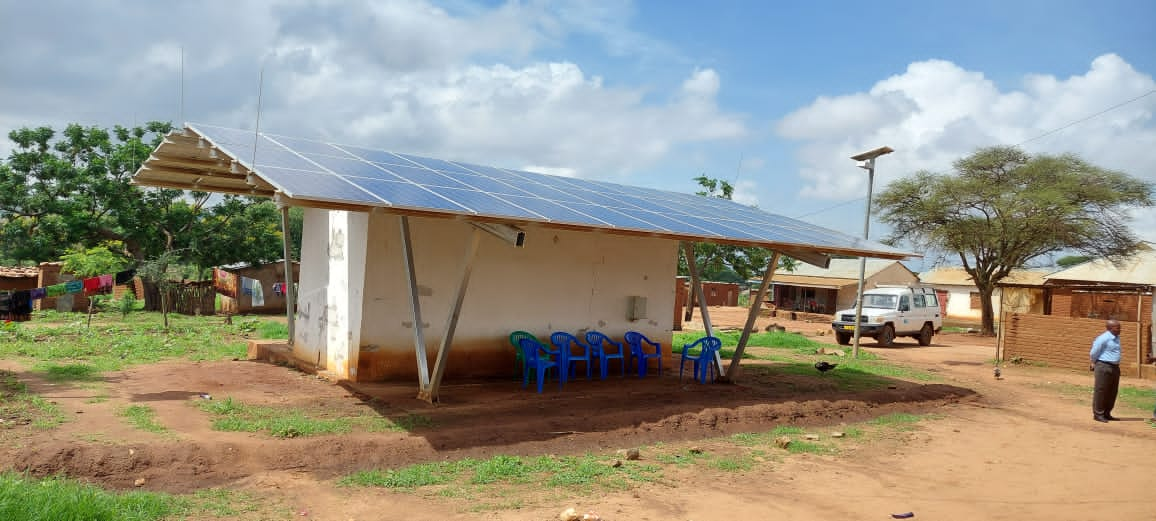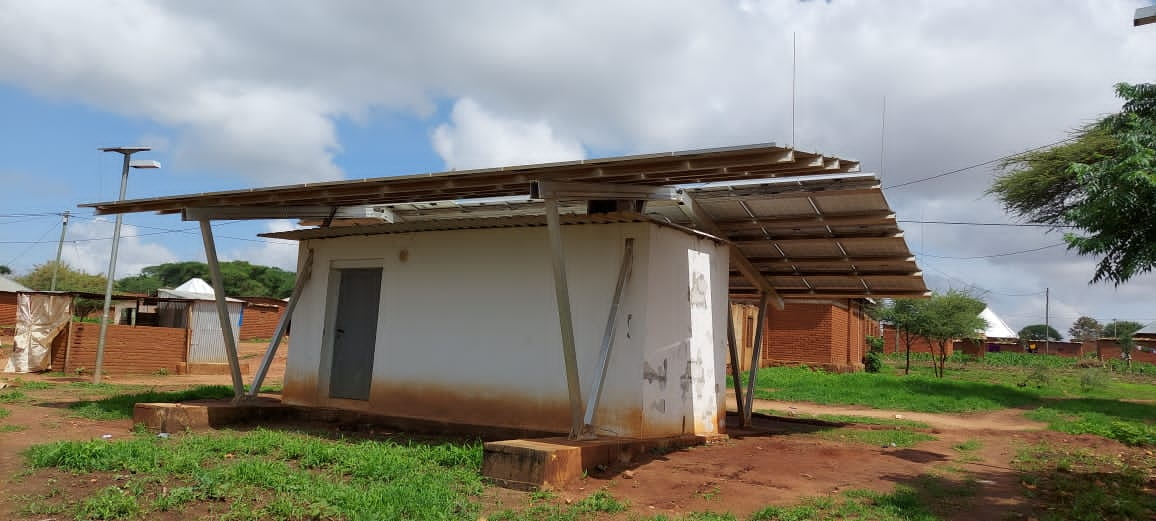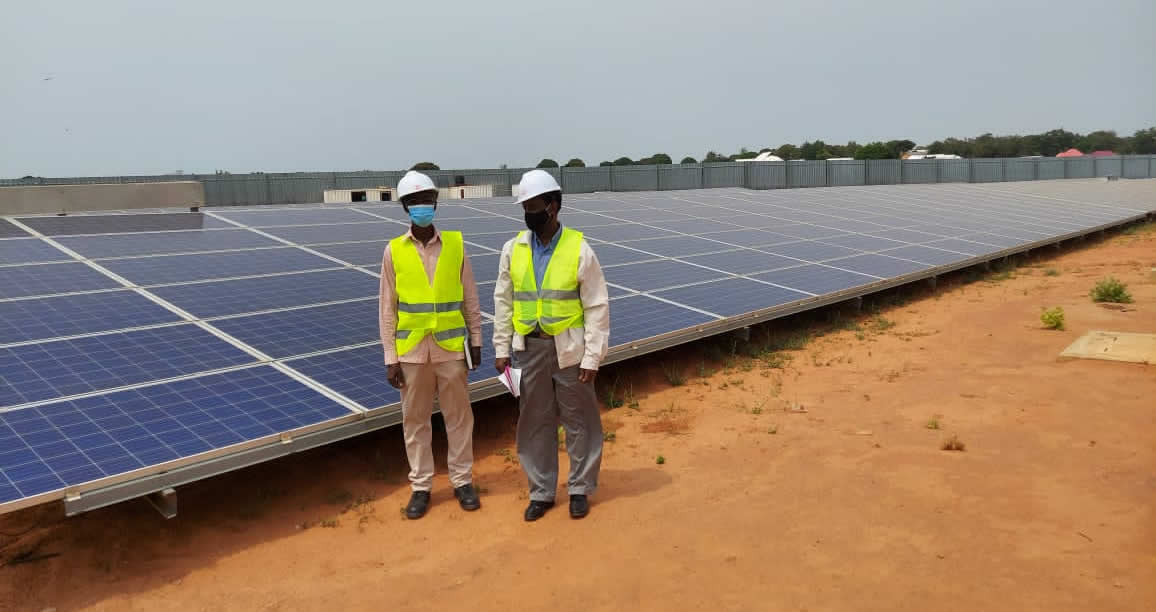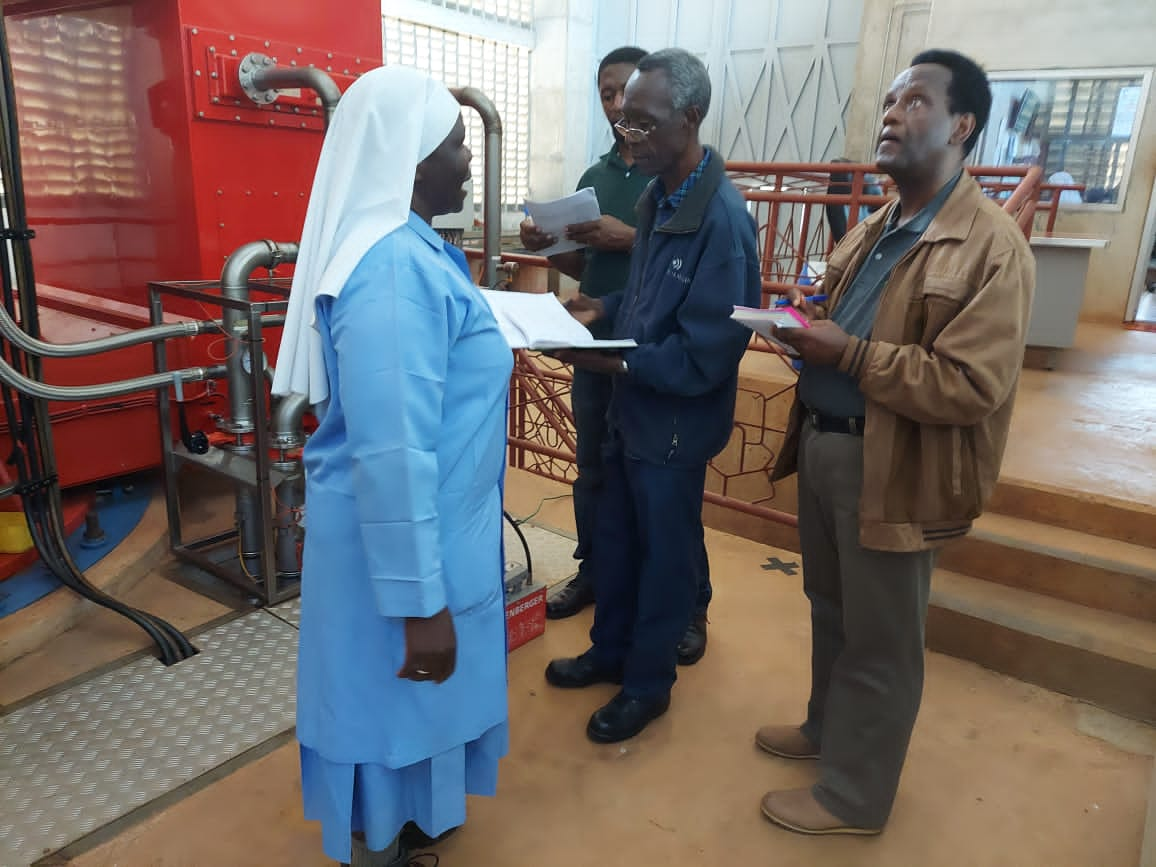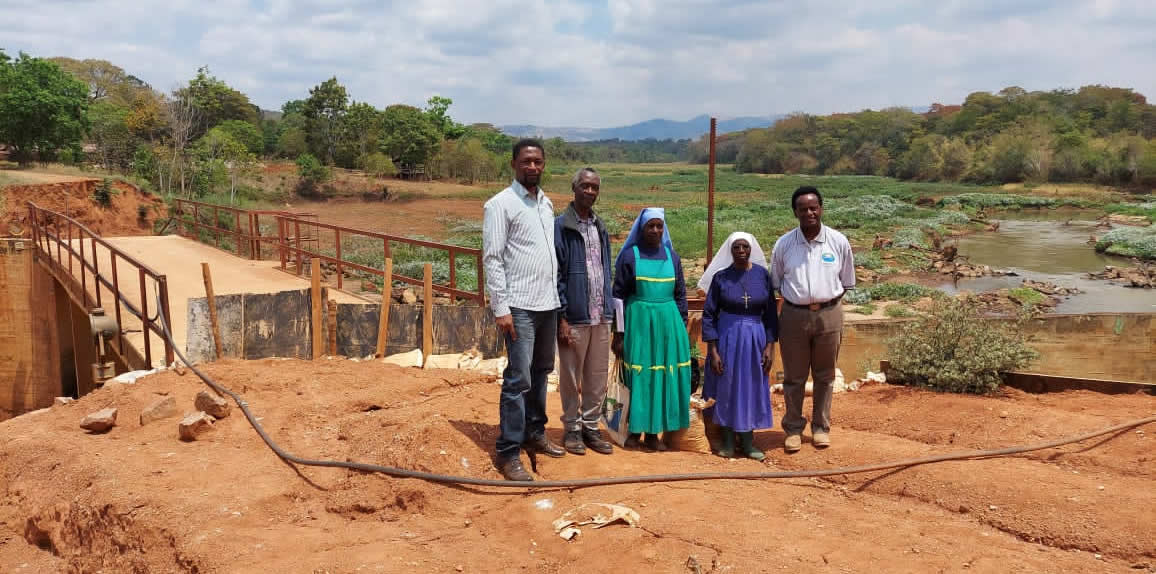Solar Drying
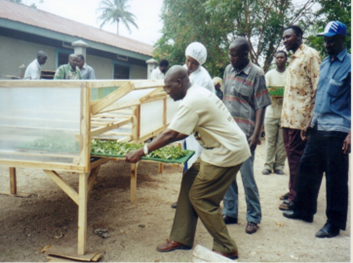 The traditional method of drying, known as open sun drying, involves simply laying the products on the sun on mats, roofs or drying floors. Major disadvantage of this method is contamination of the products by dust, birds, insects and loss of nutrients .
The traditional method of drying, known as open sun drying, involves simply laying the products on the sun on mats, roofs or drying floors. Major disadvantage of this method is contamination of the products by dust, birds, insects and loss of nutrients .
A solar dryer is an enclosed unit, to keep the products safe from damage, birds, insects and unexpected rainfall. The food is dried using solar thermal energy in a cleaner and healthier way. Experience in similar solar dryers for fruits and vegetables prove that solar drying can be attractive as a method for food preservation and also as a commercial proposition.
Drying conditions in Tanzania are very favourable and initiation of a solar dryer project can in more than one way improve the standard of life for farmers and reduce significantly after harvest loses.



